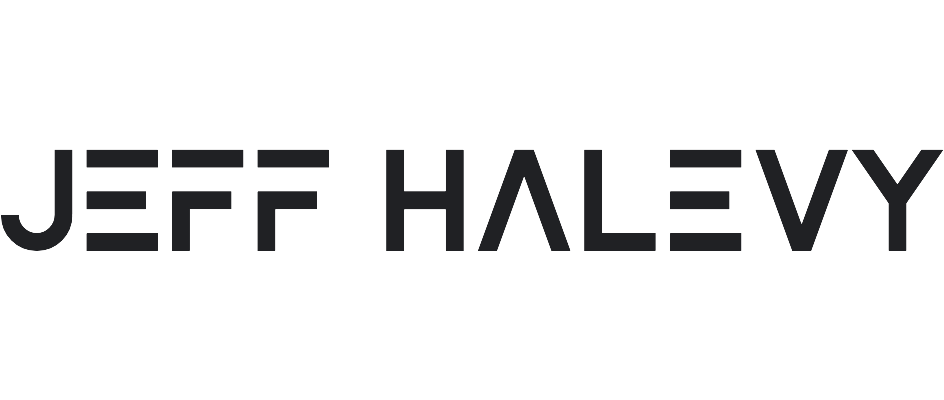Hey you, is that your butt winking at me?
Here’s a fantastic guest post from Halevy Life Staff Coach Jake Roswell:
 Alright guys, let’s get one thing straight. It is absolutely asinine (no pun intended) to think that everybody should squat to depth with the same stance. Some have been genetically blessed with squatting hips where they can stand with their feet shoulder width apart, touch their ass to their calves and stand back up, and then there are those of us (yes that means me too), who aren’t that lucky and want to beat the shit out of the aforementioned.
Alright guys, let’s get one thing straight. It is absolutely asinine (no pun intended) to think that everybody should squat to depth with the same stance. Some have been genetically blessed with squatting hips where they can stand with their feet shoulder width apart, touch their ass to their calves and stand back up, and then there are those of us (yes that means me too), who aren’t that lucky and want to beat the shit out of the aforementioned.
When first told that I was doing a “butt wink” in my squat, I wondered, “What is this butt wink B.S.? Who would come up with such a term?” The only wink I know is the one our business affairs guy gives to the good looking lady at the water fountain. So how is it possible to wink with my butt? Actually, I just asked, I didn’t really want to consider the options for what the creepy bald stranger behind me was saying.
I eventually learned that Butt wink is a term used for excessive posterior pelvic tilt at the bottom of a squat. Think of your pelvis as a bowl full of water. You’re holding the bowl evenly (standing vertical) resulting in no spillage. The instant you tilt the bowl backwards, water is spilling out of the back and the bottom of the bowl is facing forward, also known as posterior pelvic tilt. You may hear terms such as “ass to grass” or “in the hole”, but from experience, if you cannot do this without excessive lumbar flexion (typically caused by posterior pelvic tilt) then STOP! Butt winking puts added tension onto the backside of the intervertebral discs, which can result in potential disc herniation. Addressing factors contributing as well as prescribing corrective strategies to minimize the occurrence of butt wink is crucial to the prevention of injury and the education of novice lifters.
1) You may hear coaches’ state that the reason you suffer from posterior pelvic tilt is due to tight hamstrings. This may in fact be the case, however, I believe it is a lazy prescription to correcting such a complex movement. No I’m not trying to harass you trainers out there, I’m just saying that research has concluded that when squatting, your hamstrings do not stretch as much as you think. Dean Somerset’s article “Butt Wink is Not About the Hamstrings” addresses Lombard’s Paradox, which states, “During a balanced flexion of the knee and hip, no real length change occurs in the hamstrings as well as the rectus femoris”. If there is noticeable lumber flexion early in the squat, it could very well be hamstring tightness. Try stretching, but if there is still no difference in performance then there are different structural limitations other than tight hamstrings.
2) Everyone is different. The anatomical structure of your joints (especially the acetabulum in this case) may limit full range of motion. Some can have deep hip sockets which is the cause of limited range of motion. Do NOT try and force yourself in to the hole. This will result in pelvic tilt and subsequent lower back pain as well as discomfort at the hip. There are however ways to work around it. The first can be the beloved kettlebell or dumbbell goblet squat. This will allow you to get low into a squat by maintaining correct lumbar position while hitting depth without any complications as opposed to a back squat. Secondly, try a wider stance in your squat with your feet pointed out more than 45 degrees. When pointing your toes out it allows your femoral head to rotate properly within the acetabulum. Posterior movement of your hips in this position puts your spine into a more neutral position, limiting pelvic tilt. A narrower stance requires a greater range of motion to parallel. To hit depth, for some, the tucking of the lumbar spine is required to get “ass to grass”. Hip mobility becomes more of a factor in this type of squat. The wide movement exhibits greater hip flexion and less plantar flexion which trains the hips on all three planes of motion. To increase hip mobility, try the tactical frog stretch.
3) As stated before, excessive posterior pelvic tilt is a huge detriment to the lower back resulting in possible disc herniation. Another way to control that is to brace the core and activating the glutes. To brace the core breathe into your stomach then your chest, this stabilizes the core anteriorly and posteriorly (front and back). Think of breathing in through the bottom and getting a “fat stomach”. Also, motor control is imperative. You must activate the glutes throughout your squat. Spread and grab the floor with your feet. When activating your glutes during your lift, you are allowing space for a deep squat by relieving pressure off your hip flexors. Both of these concepts control hip rotation and when relaxing in one or both of these areas may result in butt wink.
Yes, I can admit that I have fallen victim to butt wink, consequently resulting in injury. Excessive posterior tilt had me out of the squatting game for 2 weeks. I was able to correct this however, through corrective exercises such as the dumbbell goblet squat explained above. If you have high hopes for the squat then you better check your ego at the door.
Being a better squatter is more efficient than being a bigger squatter. Work the movement pattern, increase your range of motion incrementally, and set yourself up for some serious gains. Hit me up with questions/comments on Twitter: @jroswell3




 I’m usually “all business,” but this time of year is about FUN!
I’m usually “all business,” but this time of year is about FUN!